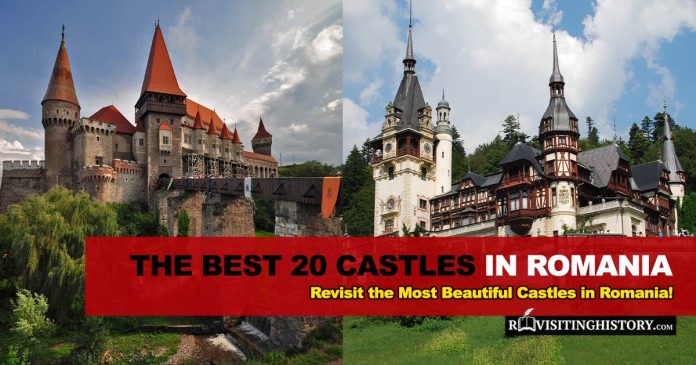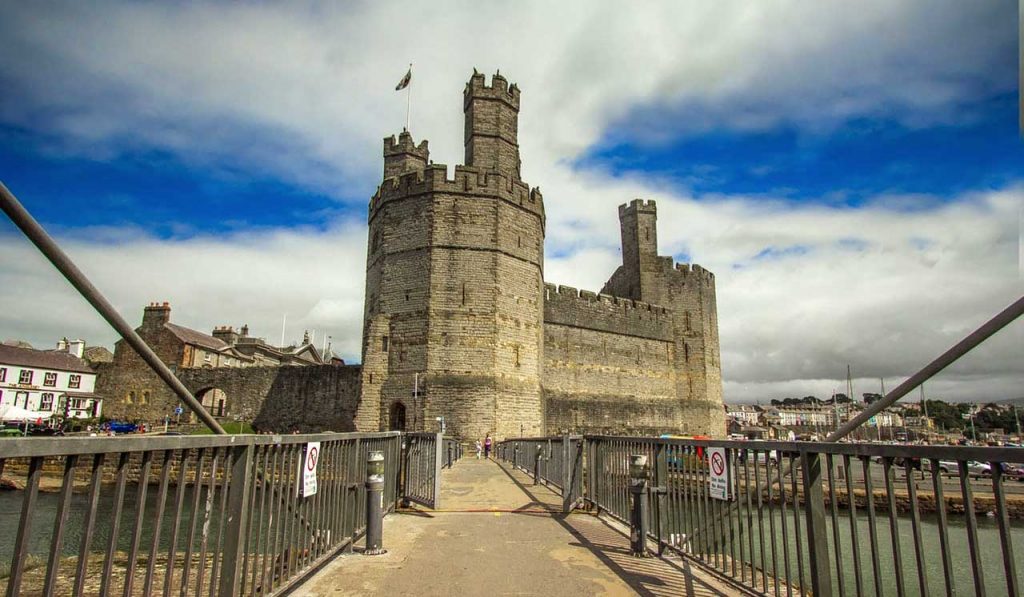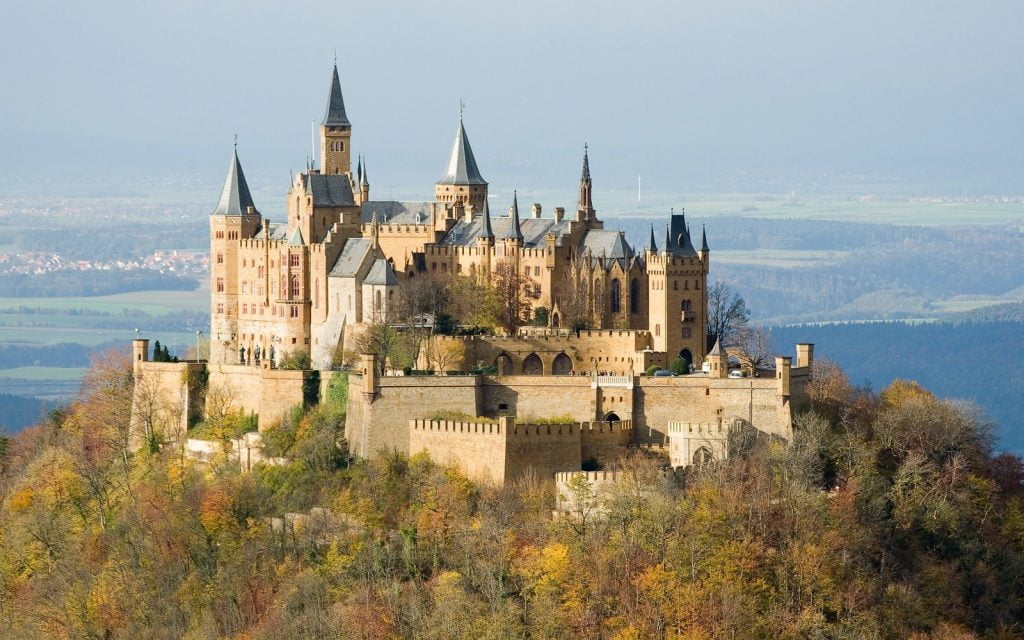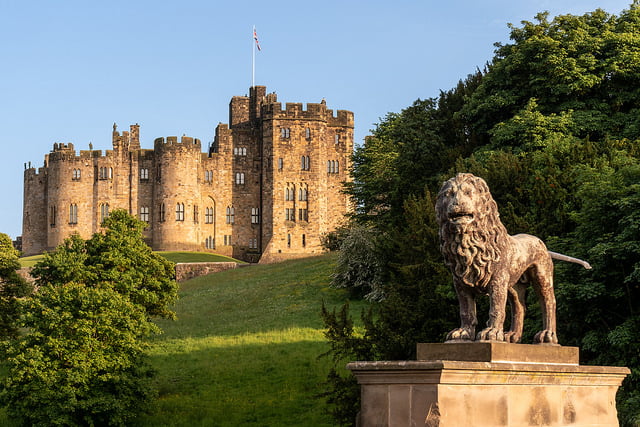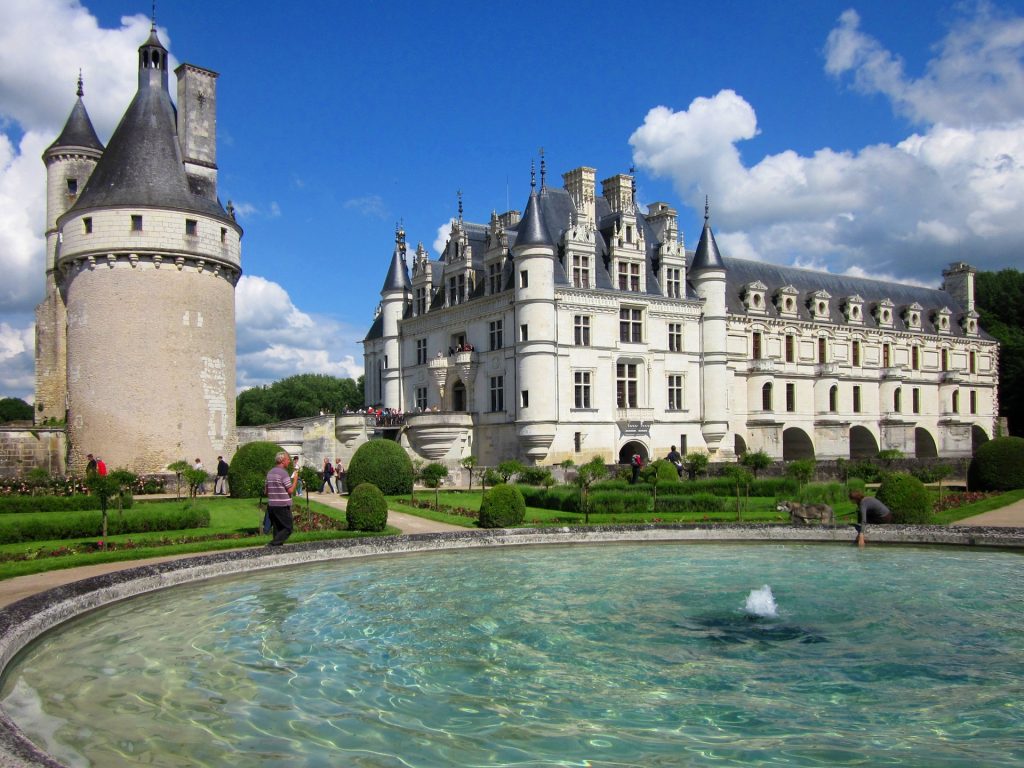Romania has seen the rise and fall of many empires and is home to some of the world’s oldest castles. Romanian castles narrate the tales of the first Byzantine Empire, the Ottomans, and the infamous Count Dracula.
The lands of Romania are where history meets fantasy. Familiar with the TV show Game of Thrones? The Gothic architecture of Romanian castles inspired the creators of the show. But that’s not it. Romain castles have something for everyone. By having served as military fortresses, royal homes, and even prisons, these castles can match anyone’s interests.
Today, most of the castles of Romania are open to be visited by tourists. If you’re one of them, this is your guide to navigating through ten of the most stunning castles of Romania. Here are another 10 note-worthy castles to visit. Stick around for another ten note-worthy castles to visit!
Table of Contents
10 Most Popular Castles to Visit in Romania
The order of the list is based on Google search volume of each castle = popularity.
1. Bran Castle
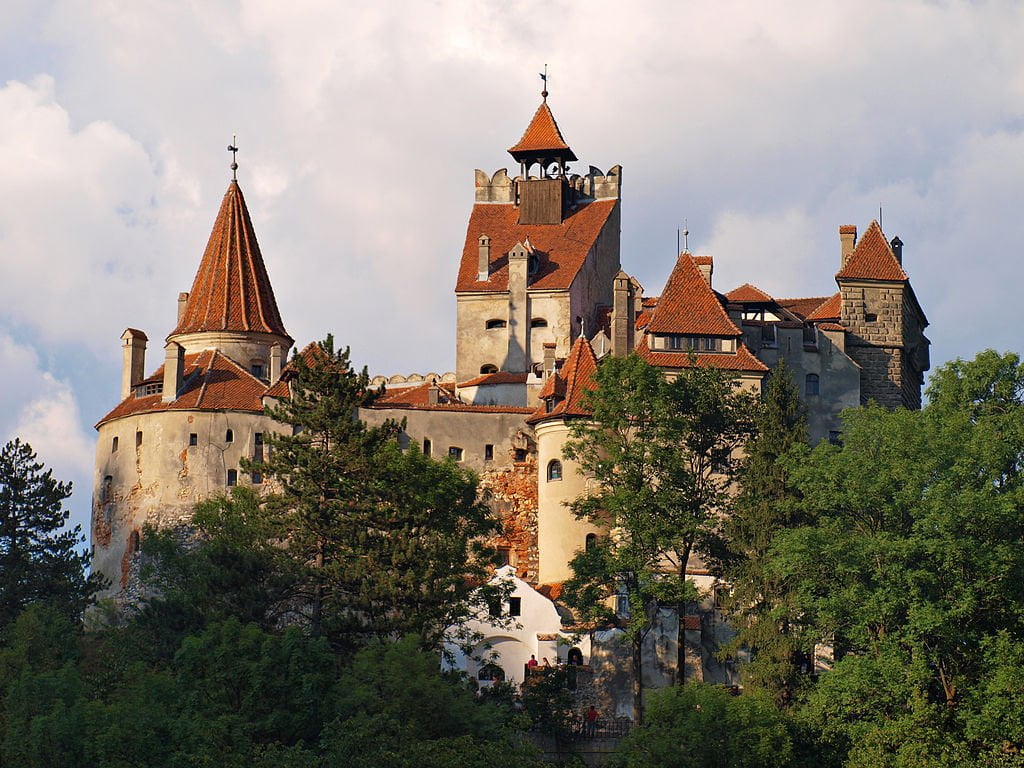
Bran Castle is also called the Dracula Castle. Although Bram Stoker never visited Romania, his vision of Count Dracula’s (Vlad the Impaler) residence bears an uncanny resemblance to this Romanian landmark.
Sitting on top of a tall rocky hill among the Carpathian Mountains of Transylvania, Vlad the Impaler never actually lived here. Instead, it belonged to the beloved Queen Marie of Romania. She renovated it in 1934 as her family’s summer residence. Now it is owned by the Archduke Dominic of Austria and showcases the furniture collection of Queen Marie.
Tourists can easily get a train ride of 3hrs 25 mins from Bucharest to Brasov. From there a bus from terminal 2 can take them to Bran in about 45 mins.
- Location: 25km (15.5 miles) south-west of Brasov
- Time built: 12th century
- Architectural style: Medieval
- Touring: Allowed. Visit the official website for more information.
2. Peles Castle
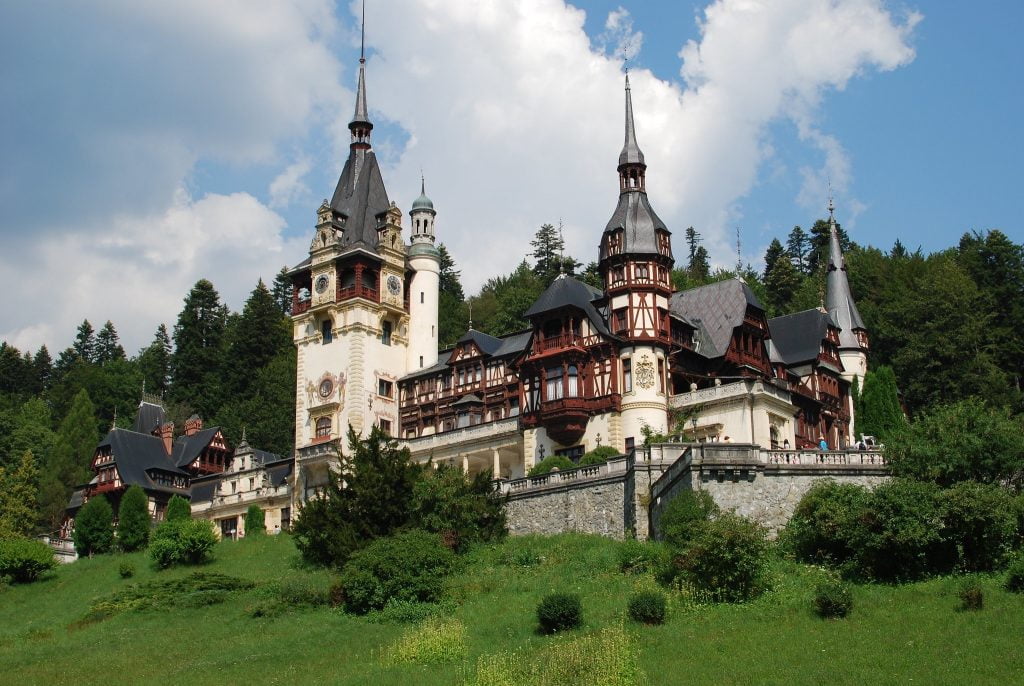
King Carlos I of Romania fell in love with the mountainous scenery of Sinaia and had Peles Castle built at the foot of the Bucegi mountains. It was decorated with Murano crystal chandeliers, stunning European art, and teakwood furniture. It was the Romanian royal family’s summer home from 1883 to 1947. After the forced abdication of King Micheal I, the castle was nationalized until it was returned to the family in 2007.
Peles Castle isn’t just a beautiful piece of history. This is the first European castle to have electricity. Other modern features include hot and cold running water and central heating systems.
Tourists can get public transport from Sinaia train station in about 30 mins. From there, a guided tour is the best way to enjoy an immersive experience at the castle.
- Location: Sinaia-Southern Romania
- Time built: 19th century
- Architectural style: German new-Renaissance
- Touring: Allowed. Visit the official website for more information.
3. Corvin Castle (Hunedoara Castle/Hunyadi Castle)
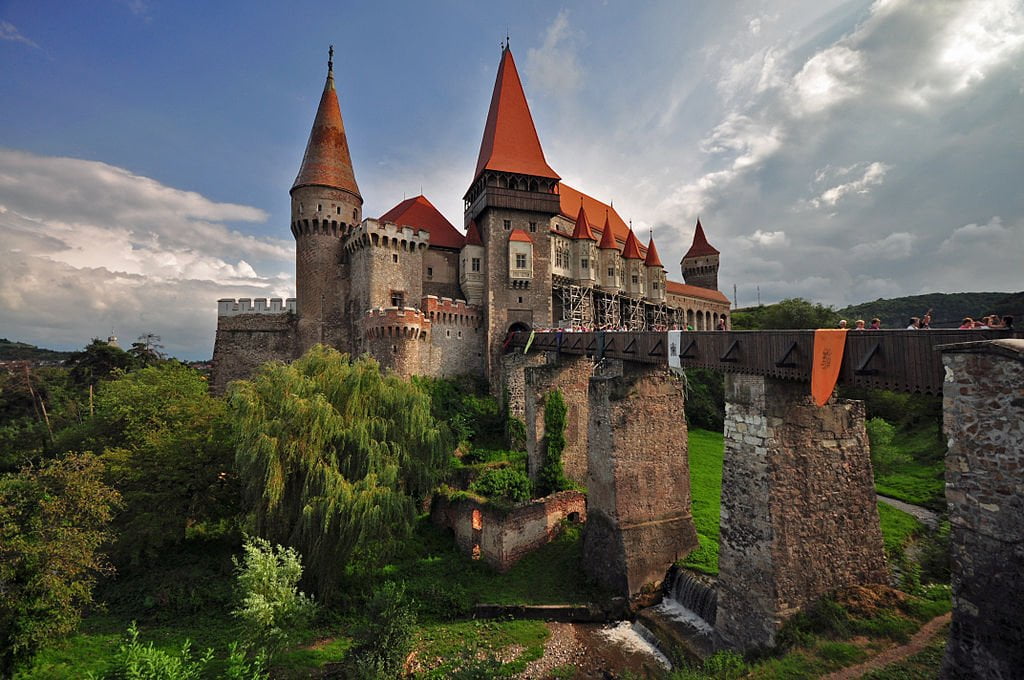
Corvin Castle is a sight straight out of a fairy-tale. With its tall bastions and imposing towers, inner courtyard, huge windows, balconies, and stunning stone carvings–it is hardly surprising that this castle is considered one of the Seven Wonders of Romania. The Transylvania-period architecture gives you insight into the wealth and prosperity of the region during its era of construction.
Built by John Hunyadi, Voivode of Transylvania, it served as his residence, weapon storage, and prison. According to legend, John held Vlad the Impaler captive in Corvin Castle. There are 3 magnificent period constructions: the marble staircase, the Diet Hall, and the Knights hall. The Diet Hall was reserved for formal receptions and ceremonies while the Knights Hall was where the Knights feasted after successful battles. The castle has a great significance in popular culture as well. The building served as the set of the movie The Nun in 2018.
- Location: Hunedoara, Transylvania
- Time built: 14th century
- Architectural style: Renaissance-gothic
- Touring: Allowed. Visit the official website for more information.
4. Pelisor Castle
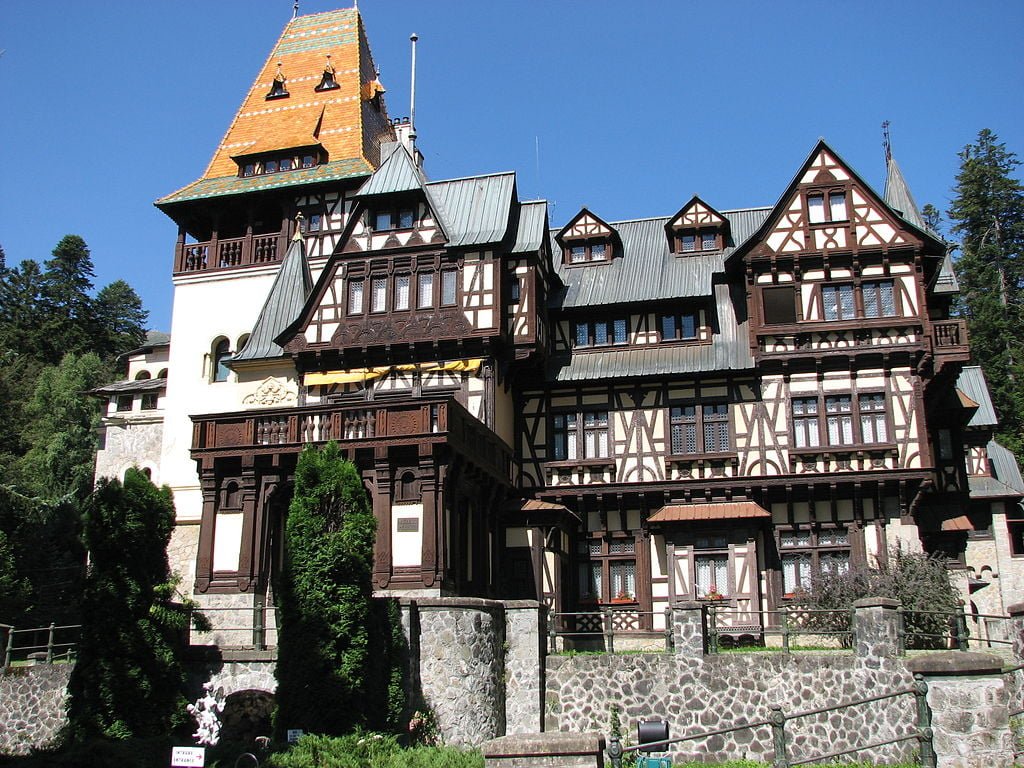
This small castle is situated on the grounds of the larger Peles Castle. King Carol I of Romania had Pelisor Castle built on a smaller section of the grounds of Peles Castle for his son Ferdinand and Princess Marie after he had decided to take their oldest son, Prince Carol II to raise as his own. The King feared Marie was too soft on the Prince and wanted to teach him to be stronger and more independent.
Marie herself was instrumental in the design and decoration of Pelisor’s interior. She incorporated elements from her beloved Ireland and combined it with the Art Nouveau and Byzantine elements. Pelisor Castle has an aura of mystery and romance surrounding it.
Although it is the residence of the family of King Micheal I, it also serves as a museum, and tourists are still allowed.
- Location: Sinaia-Southern Romania
- Time built: 19th century
- Architectural style: German new-Renaissance, Neo-Romanian
- Touring: Allowed. Visit the official website for more information.
5. Deva Fortress
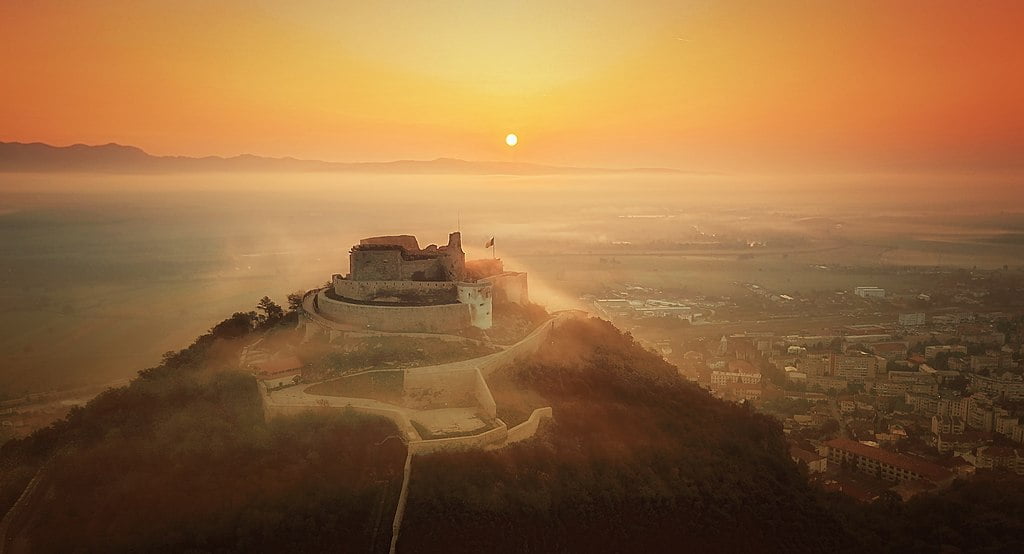
Deva Fortress is among the oldest castles of Romania, situated on an extinct volcano overlooking the surrounding area. It was originally built to protect the pass in the Poiana Ruscӑ mountains. Deva was a place of refuge for the town and surrounding villages during attacks from invaders seeking to control the mountain pass.
The origin of Deva is presumed to have been during the Roman period when Leggio II Augustus conquered the region. The fortress was primarily used for military purposes–the castle has faced demolition and rebuilding after many sieges–but during the Hungarian occupation of Transylvania, the ruling Prince resided there.
Although mainly in ruins, the fortress sits comfortably on the outskirts of Deva. Whatever of the fort remains speaks of its grandeur. The panoramic view from the top of the fortress is among the top tourist attractions.
- Location: Deva
- Time built: 13th century
- Architectural style: Medieval fortress
- Touring: Allowed. Visit the official website for more information.
Revisit More Historic Places Below or Read Further
6. Fagaras Fortress
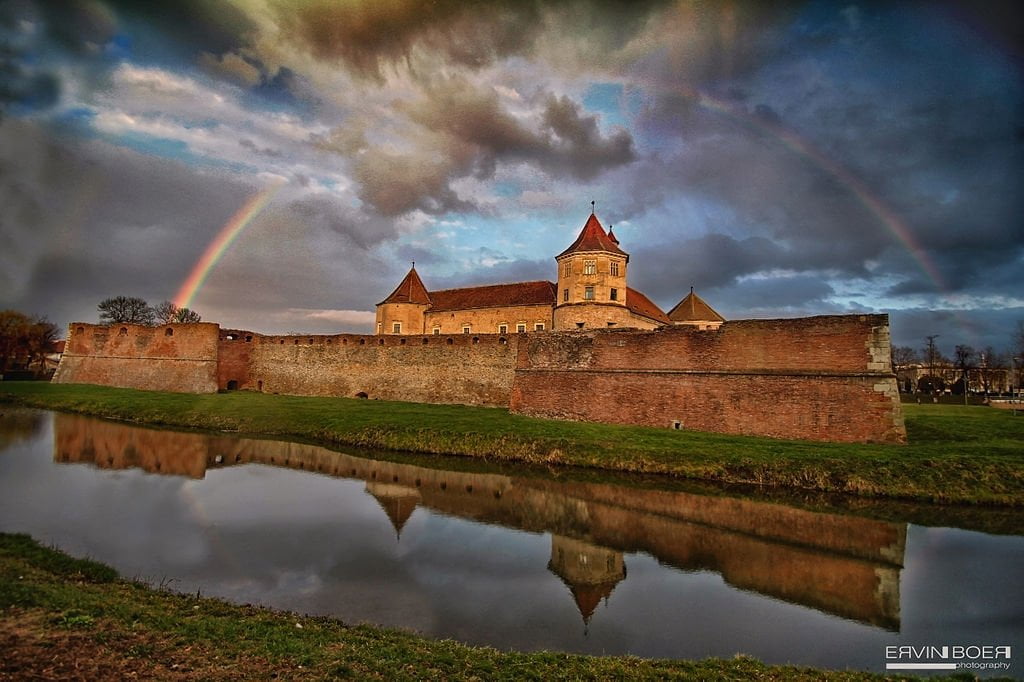
Built in 1310, Fagaras Fortress served as a grand royal residence and a prison. Among the strongest fortifications in Transylvania, it served to protect from foreign invaders. A deep moat surrounding the fortress was its primary defense and the only access point was a bridge.
During the rule of the Transylvanian Prince Gabriel Bethlen, the city was the commercial hub of the region; the fortress, in turn, became the residence of the wives of the Transylvanian Princes. The most well-known resident was Countess Kata Bethlen, who later became known as the “Orphan Princess”. Her yellow bridal veil still covers the remaining altar in the chapel.
It also served as a military garrison later on. Sadly, during this time, it was stripped of its luxury and furniture. Today, the carefully preserved structure is a library and museum showcasing folk crafts, medieval weapons, and Roman artifacts.
- Location: Fagaras, Transylvania
- Time built: 15th-17th century
- Architectural style: Medieval fortress
- Touring: Allowed. Visit the official website for more information.
7. Banffy Castle
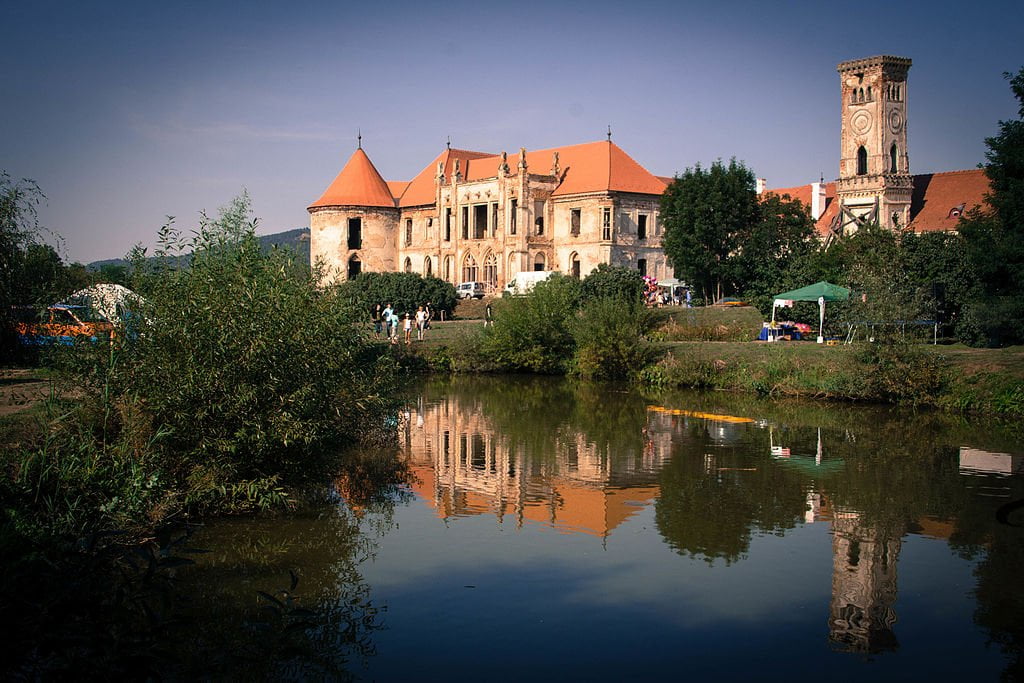
The Bonƫida Estate came into the Banffy family’s possession as a royal donation by Sigismund of Luxembourg in the late 14th century. Banffy Castle’s construction began in the early 15th century and was only completed a century later. The castle was a time-consuming & costly project, specifically due to its size. It is the largest castle in the region.
Since then, this castle has served primarily as an aristocratic residence. While the original building style was Renaissance, later 18th-century extensions were completed in the Austrian Baroque style. The 19th-century additions were a combination of Neo-classical and Romantic. The combination of architectural styles throughout the centuries by the different descendants of Banffy showcased both their individual styles and period architecture.
Today, Banffy serves a much different purpose: catering to 50,000 tourists every year. It is a splendid Transylvanian monument serving educational and cultural purposes. You can even catch the annual Electric Castle music festival here or book your wedding.
- Location: Bonita, Cluj County
- Time built: 14th century
- Architectural style: Renaissance, Baroque, Neo-gothic
- Touring: Allowed. Visit the official website for more information
8. Poenari Fortress
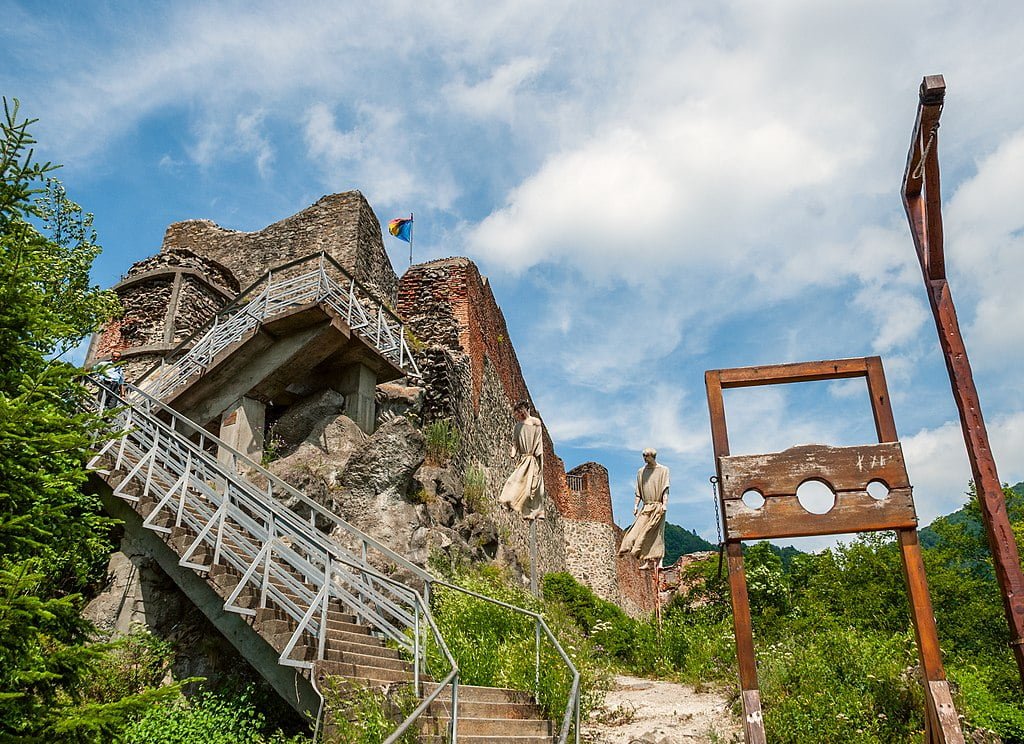
Bram Stoker envisioned Bran Castle as the residence of Count Dracula. You will reach the real home of Count Dracula, Vlad the Impaler after climbing 1480 stone steps to reach Poenari Fortress, perched high atop a cliff. Originally built early in the 13th century by the Basarab dynasty, it was abandoned after a couple of decades.
Legends say that when Count Dracula laid eyes on the strategically-located fortress he rebuilt it and it became his primary residence. This is the primary reason Poenari attracts a lot of tourism.
The citadel was home to the Wallachian Princes as well, although it now sits in ruins. The imposing fortress was struck by a tragic earthquake in 1888, which destroyed it. Its location atop a cliff adds to its beauty and can still send anyone to a fantasy.
- Location: Mount Cetatea, Arges River
- Time built: 13th century
- Architectural style: Medieval fortress
- Touring: Allowed. Visit the official website for more information.
9. Sturdza Castle
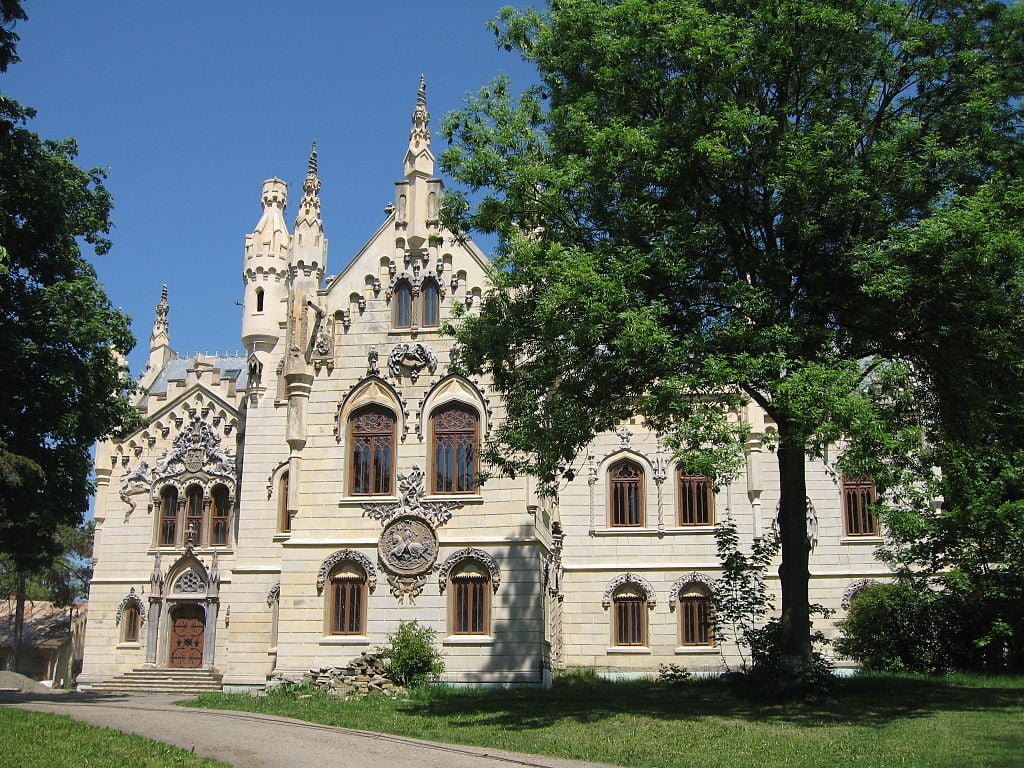
Simon Stroici built the first mansion on this site in 1598. He bequeathed the lands and mansion to his son and niece. His descendants died out in 1697, passing the estate to their distant cousins, the Sturda Family.
Sturdza Castle was built as a home to the wealthy Moldavian Sturdza family. Major reconstruction was done by Lord Ioan Strurda in 1752. He turned the castle into a beautiful residence with the ground level built in the shape of a cross, with 20 bedrooms and stables. This palace seems like a setting for one of Jane Eyre’s romance novels.
The estate has been sold to many noble families and has been transformed by its owners. The original manor is part of the Miclauseni Monastery. Today, sitting in the heart of a fairy-tale forest, Sturdza Castle is known for its monuments and beauty. It includes a church, a lake, and a well-kept park.
- Location: Miclauseni, Iasi County
- Time built: 15th century
- Architectural style: Gothic Revival
- Touring: Allowed. Visit the official website for more information.
10. Jidvei Castle (Bethlen-Haller)
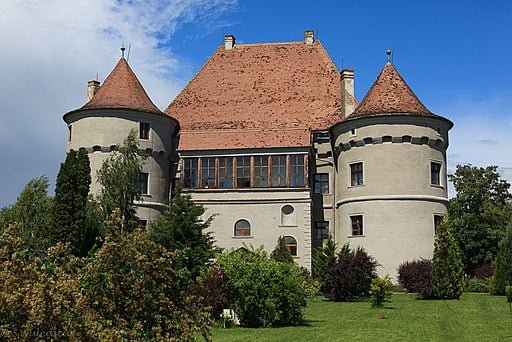
Situated in the North-eastern side of the Cetatea de Balta village, this fortress has an octagonal tower and circular towers in the corners. The quadrilateral Bethlen-Haller Castle gained fame after Count Stefan Bethelan renovated it to mimic the architecture of a French castle. Later on, Eugene Haller refurbished the palace in the Baroque architectural style and added a park.
The residence of the Bethlen family lost its glory to communism. Today, it serves as a museum, hosts wine tastings and a mini-hotel. Tourists planning their trips might be able to stay here in the future, as plans to transform it into a luxury hotel are underway.
- Location: Cetatea de Balta, Alba County
- Time built: 16th century
- Architectural style: Renaissance, Baroque
- Touring: Allowed. Visit the official website for more information.
Planning to Visit Nearby Countries? Check Out These Best Castles Lists:
10 Less Popular Castles Worth Visiting While In Romania
If you are a castle enthusiast, you must take out the time to visit these equally spectacular castles in Romania as well:
11. Cantacuzino Castle
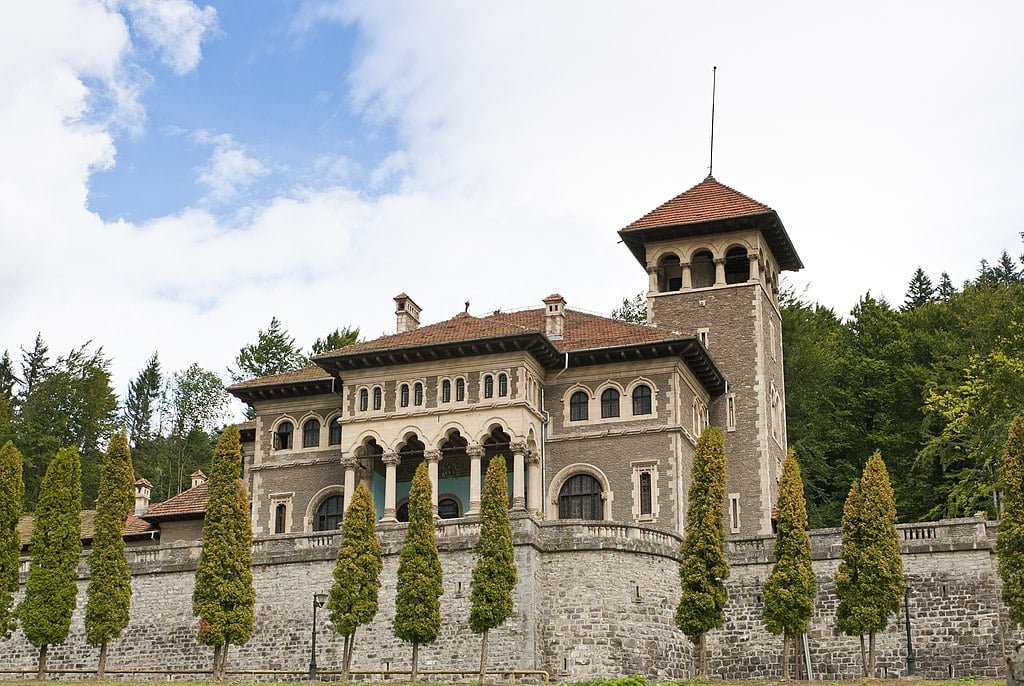
Prince Georghe Grigor Cantacuzino commissioned the architect Gregory Cerchez to design and build this Neo-Romanian palace on the site of an ancient hunting lodge built by his ancestors. The castle took 10 years to complete, from 1901 to 1911. Furnishing the lavish castle took another one and a half years, making it a palatial splendor.
Besides the unique style and beauty of this castle, it was also the first castle with modern facilities like a sewage system, electricity, and crystal clear drinking water from the surrounding waterfalls.
- Location: Busteni village, Romania
- Time built: Completed in 1911
- Architectural style: Neo-Romanian style
- Touring: Allowed. Visit the official website for more information.
12. Neamt Citadel
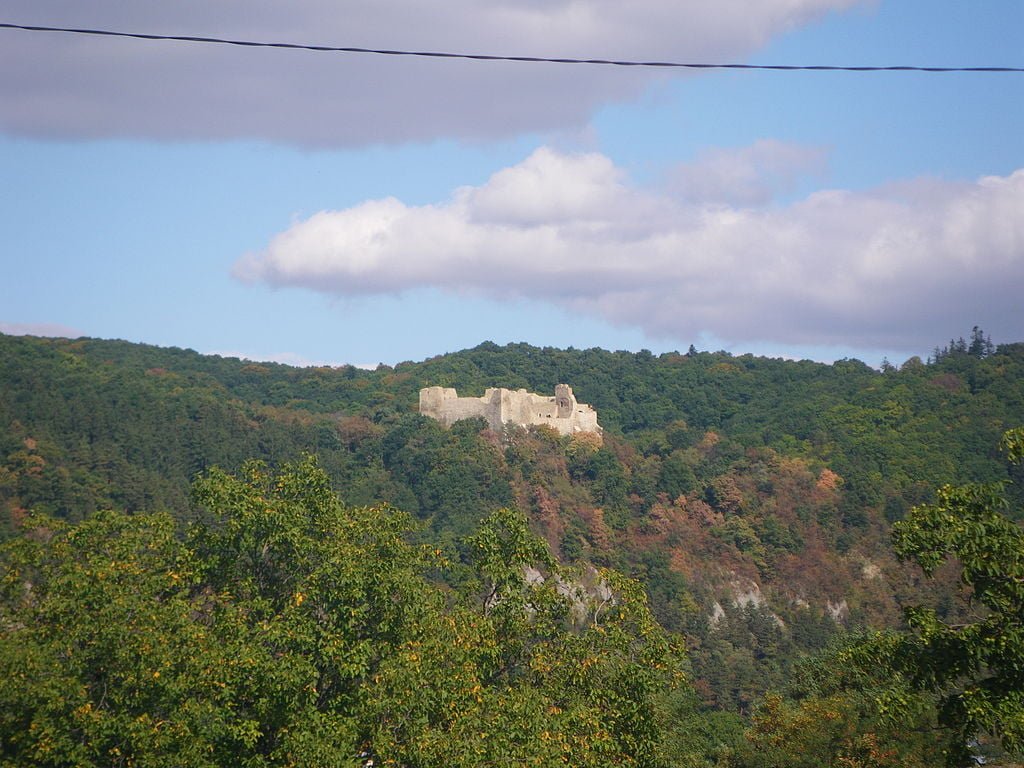
This fortress with its near-perfect walls is a masterpiece of engineering. These huge, fortified walls kept the conqueror of Constantinople, Sultan Mehmed II, at bay for 8 days.
The original construction was started during the reign of Petru I of Moldova and further constructions were made during the reign of Stephen the Great, known as the ‘Protector of Moldova’.
Neamt Citadel is documented in 1395 when a military expedition led by Sigismund of Luxembourg, King of Hungary came across this fortress.
- Location: Targu village, Neamt Region, north-eastern Romania
- Time built: 14th century
- Architectural style: Medieval fortress
- Touring: Allowed. Visit the official website for more information.
13. Alba Carolina Fortress
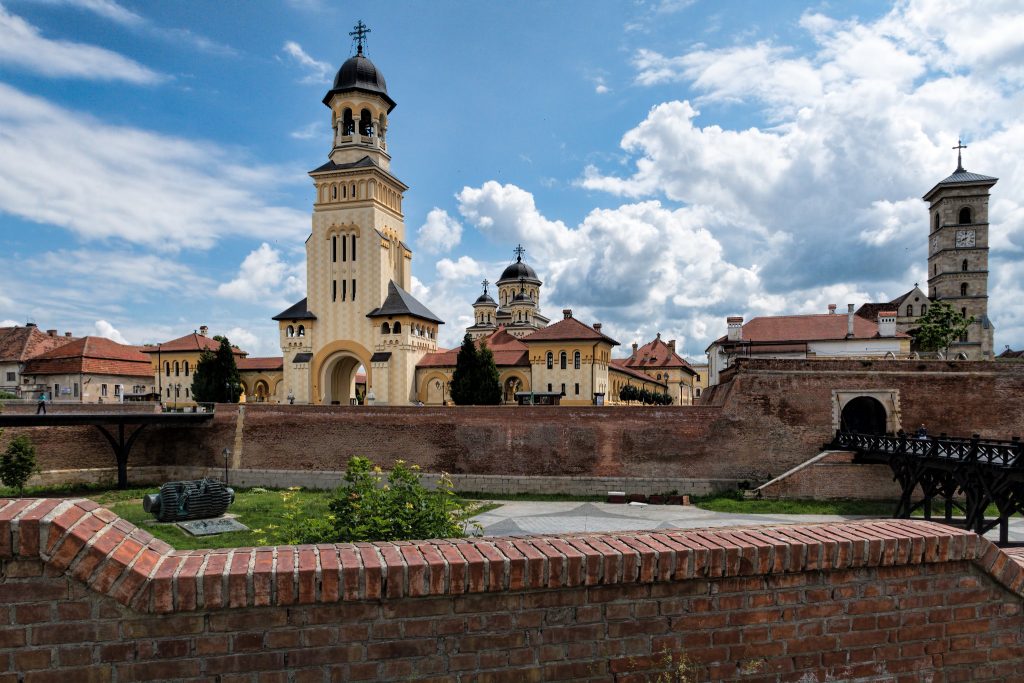
The Alba Carolina Citadel is the largest in Romania, constructed between 1715 and 1738. The site had previously hosted a Roman building, instigated by one Legio XIII Gemina, and then the Bălgrad medieval citadel.
This heptagonal, star-shaped fort has a large bastion at each of seven points, all connected by fortified walls. After Transylvania became a part of Austria-Hungary, Prince Eugene of Savoy created this system of fortifications to defend the conquered provinces of the Hapsburg Empire.
- Location: Alba Iulia, central Romania
- Time built: 18th Century
- Architectural style: Vauban Bastion Style
- Touring: Allowed. Visit the official website for more information.
14. Enisala Fortress
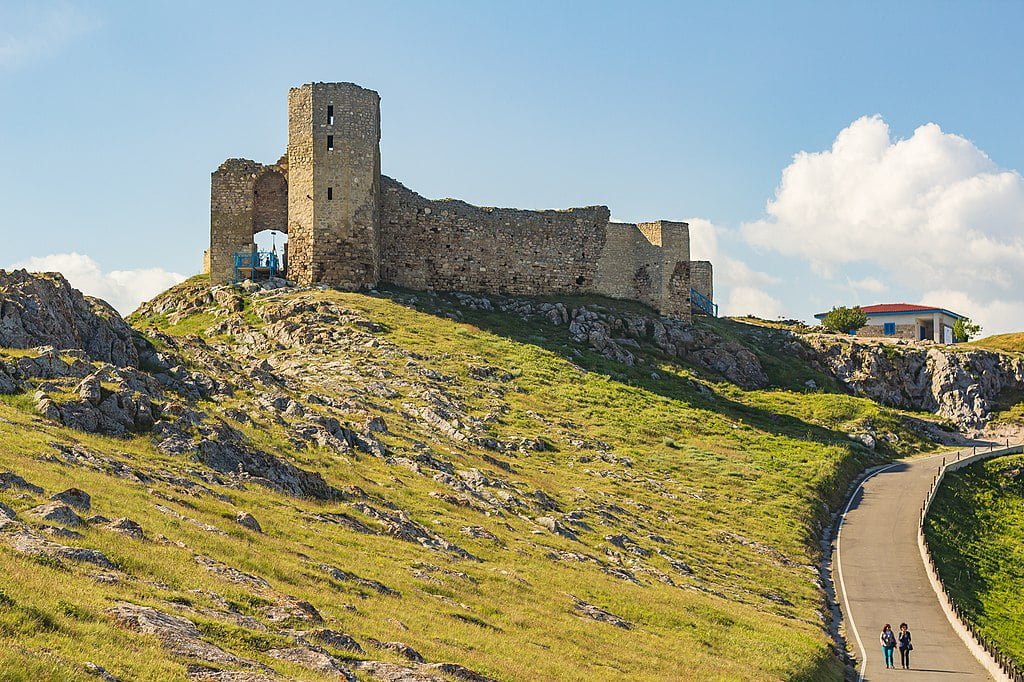
Enisala Fortress, better known as Heracleea, was located on the shore of the Black Sea when originally built as a maritime fortress to defend Genovese Empire trade routes between Europe and the Orient. The limestone used for the construction of the fortress, in 1270, was quarried from the hill on which it stands.
Dobrogea was conquered by the Ottoman Sultan Mehmed I in 1419 and a military garrison was stationed here. Over time, the Danube Delta encapsulated the area and the fortress lost its strategic importance leaving it abandoned.
- Location: Dobrogea, close to the Black Sea, Romania
- Time built: Late 13th century
- Architectural style: Medieval Military Style
- Touring: Allowed. Visit the official website for more information.
15. Miko Castle
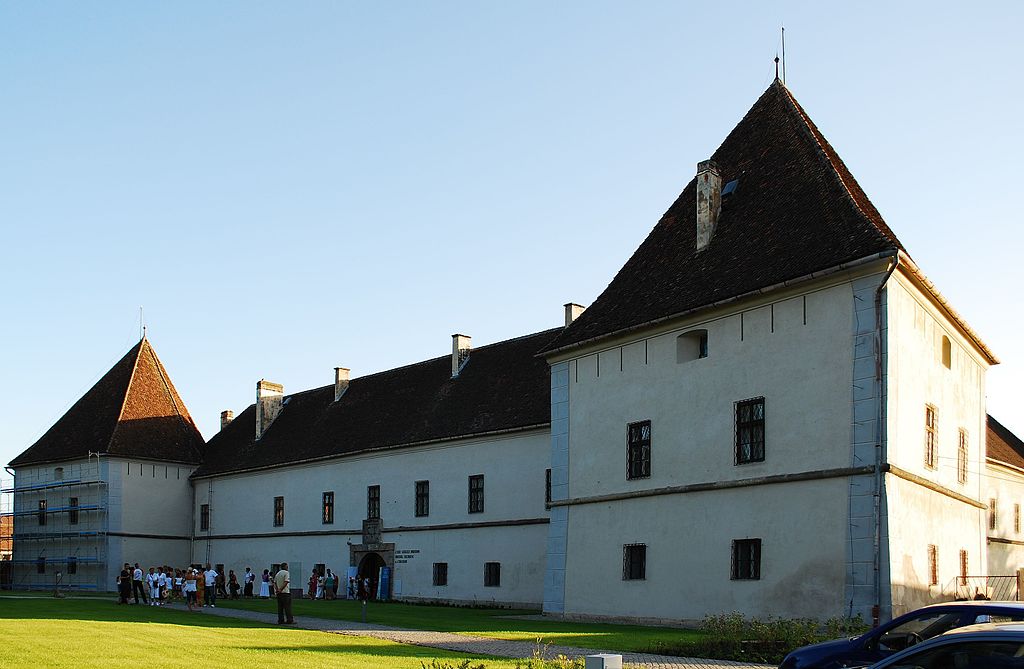
The construction of Mikó Castle began in 1623 and was completed in the 1630s. Ferenc Mikó started the building project after being named supreme captain of Csíkszék, now Ciuc. Documents that are in the rare archives on the premises refer to the castle as ‘Mikó’s new citadel’.
After the death of Mikó’s descendants, the citadel was owned by Tamás Damokos, the supreme judge of Csíkszék.
Ottoman pasha (high-ranking official) Ali of Temeşvar Province invaded and burnt down the citadel on 21 October 1661.
The rare document archive of the castle holds the original blueprint of the reconstruction undertaken by the Austrian engineer Johann Conrad Weiss, dated 1735.
- Location: Miercurea Ciuc, Romania
- Time built: Early 17th century
- Architectural style: Late Baroque
- Touring:Allowed. Visit the official website for more information.
Revisit More Historic Places Below or Read Further
16. The Rasnov Fortress
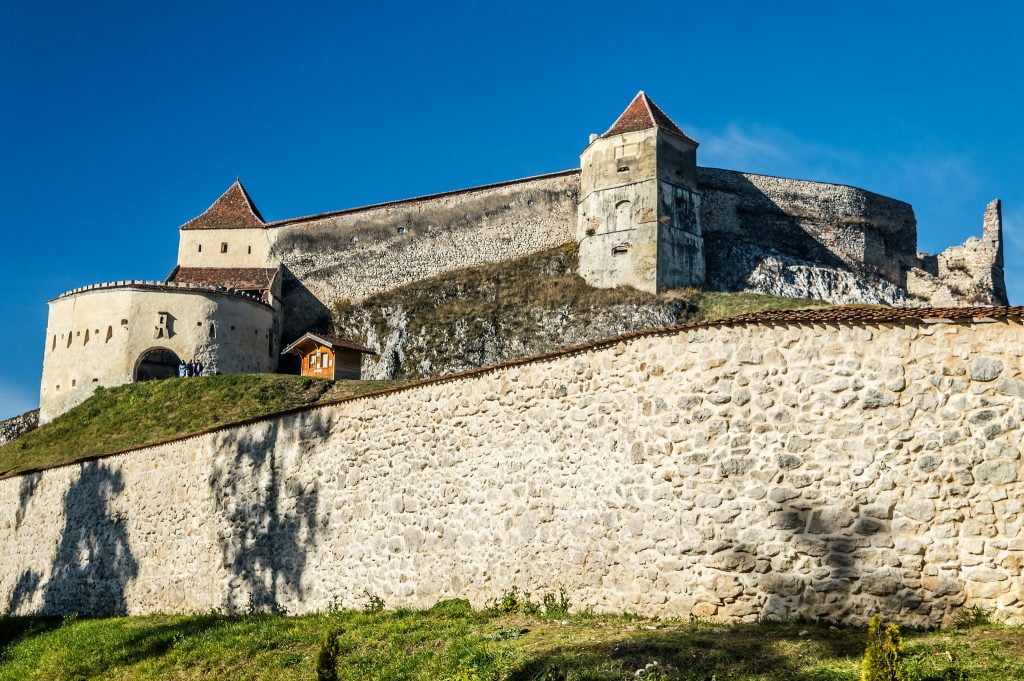
This medieval fortress located on a rocky hilltop is presumed to have been built between 1211 and 1225 by the Burzenland Teutonic Knights.
It was built as a refuge for local villagers to protect them from invading armies that came through Bran Pass. Over 80 houses, a chapel, a school, and a central marketplace for trading have been found inside the walls. Ráşnov Fortress is historically known as the ‘peasants fortress’ for this reason.
The first time the Ottomans besieged the fortress was in 1421. Ráşnov was constantly under attack from foreign invaders, yet it is the best-preserved fortress in Romania today.
- Location:Ráşnov, Braşov County, southern Romania
- Time built: Early 13th century
- Architectural style: Medieval fortress
- Touring: Allowed. Visit the official website for more information.
17. Sighisoara Fortress
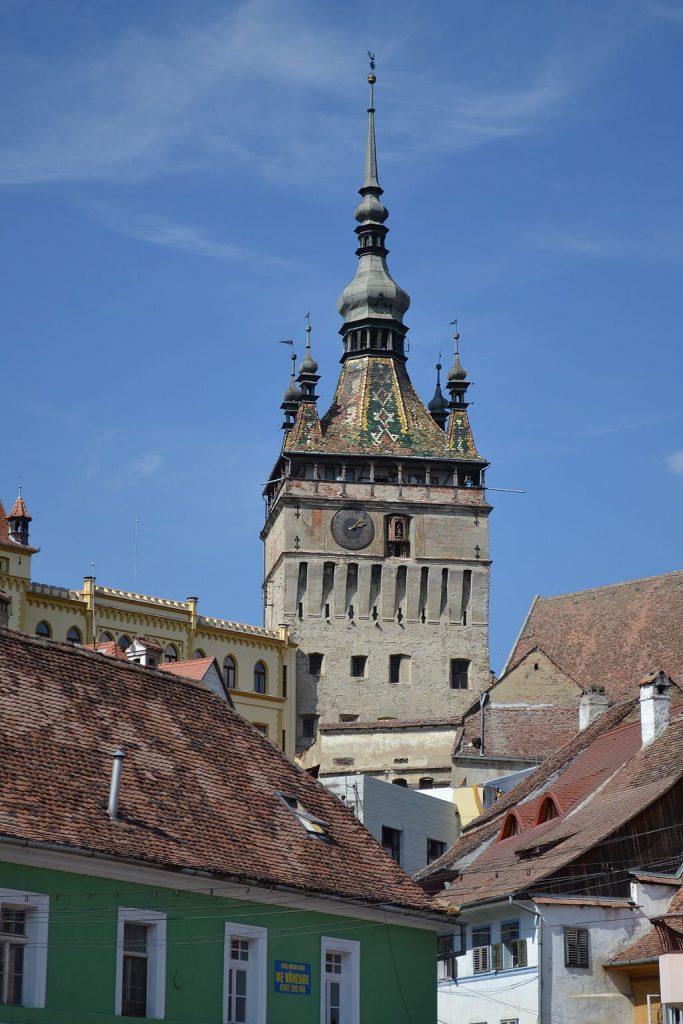
Tradition tells stories of the founding of this settlement in 1191. Saxon colonists brought to Transylvania constructed the original fortifications to guard the old borders of Hungary in the 12th century.
During the 14th and 15th centuries, Sighisoara was a commercial hub of craft, giving the city the financial capability of constructing a virtually impenetrable defense system. The 14 towers with bastions and gunnery that covered four directions, north, south, east, and west defended the stronghold.
Towers were built, defended, and maintained by craft guilds. The Blacksmith’s Tower, Cobbler’s Tower, Butcher’s Tower, Tinsmith’s Tower, Tailor’s Tower, Tanner’s Tower, and the magnificent Clock Tower are still a part of Sighisoara Fortress.
- Location: Sighișoara, central Romania
- Time built: 14th and 15th century
- Architectural style: Medieval fortress
- Touring: Allowed. Visit the official website for more information.
18. Lazar Castle
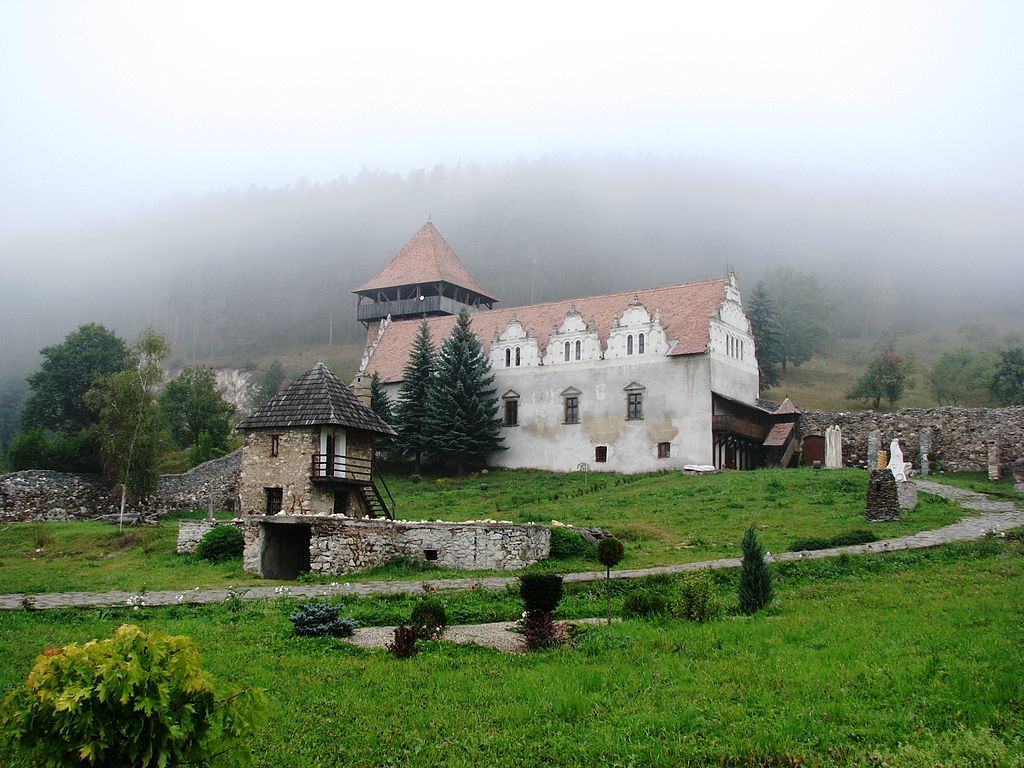
Làzàr Castle was built by the Làzàr de Szàrhegy noble family. Significant construction and renovations were done during 1532, later additions in 1631 and 1632 give the castle its current architectural style.
Habsburg troops besieged the castle in 1706 and settled there in 1707. They destroyed the fortifications and left the castle in ruins to prevent rebel use. In 1742, the castle was renovated, only to be ravaged by fire six years later. Another fire in 1842 destroyed most of what was left. By the 19th century, the Làzàr family was not financially able to renovate and only the gatehouse remained inhabitable.
With help from U.N.E.S.C.O in 1987, the beautiful Renaissance murals were restored and are a hidden gem that should be seen.
- Location: Làzarea, Harghita County, Romania
- Time built: 16th century
- Architectural Style: Combination of Romanesque, Gothic and Renaissance
- Touring: Allowed. Visit the official website for more information.
19. Teleki Castle
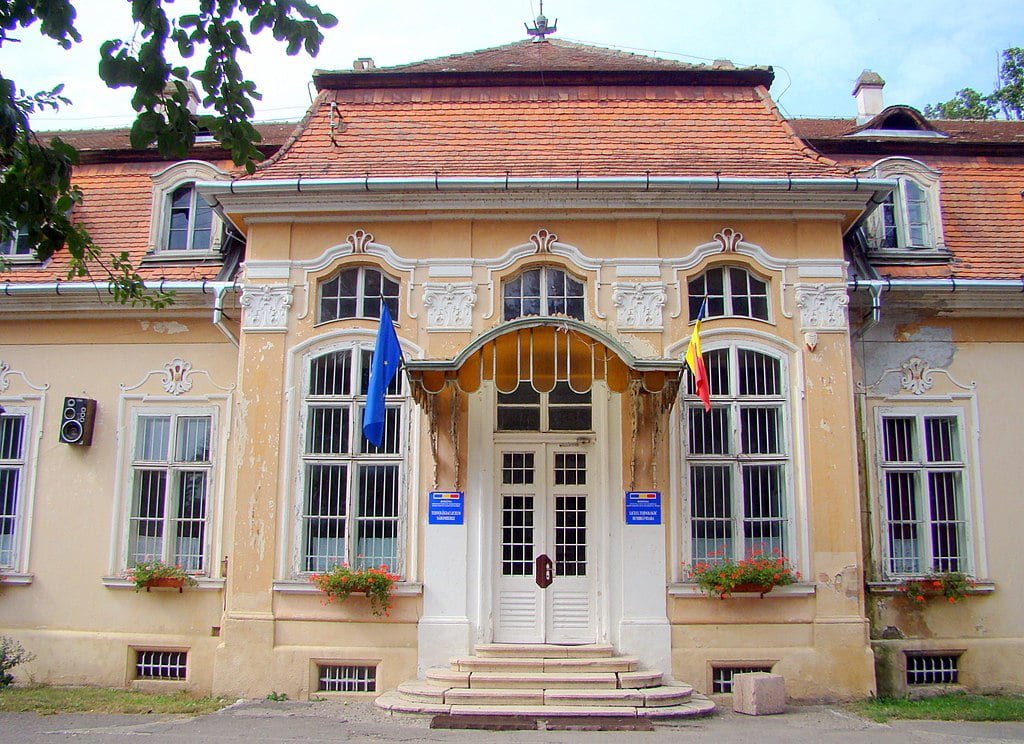
In 1405, Sigismund of Luxembourg gave the castle to Somkereki Antal who saved his life in the battle of Nikapoli. In 1477, one of Antal’s sons built a stone fortress with three towers, 2 bastions, and a moat complete with a drawbridge in the village.
There were no descendants of Antal after 1670; the new owner, Bánffy Dénes, lost the property to Teleki Mihàly after only 4 years. Mihàly’s grandson, László, built the new Baroque castle on the site of the original stone fortress.
- Location: Gernyeszeg village, Maros municipality, Romania
- Time built: 18th century
- Architectural Style: Baroque
- Touring: Allowed. Visit the official website for more information.
20. Rupea Citadel
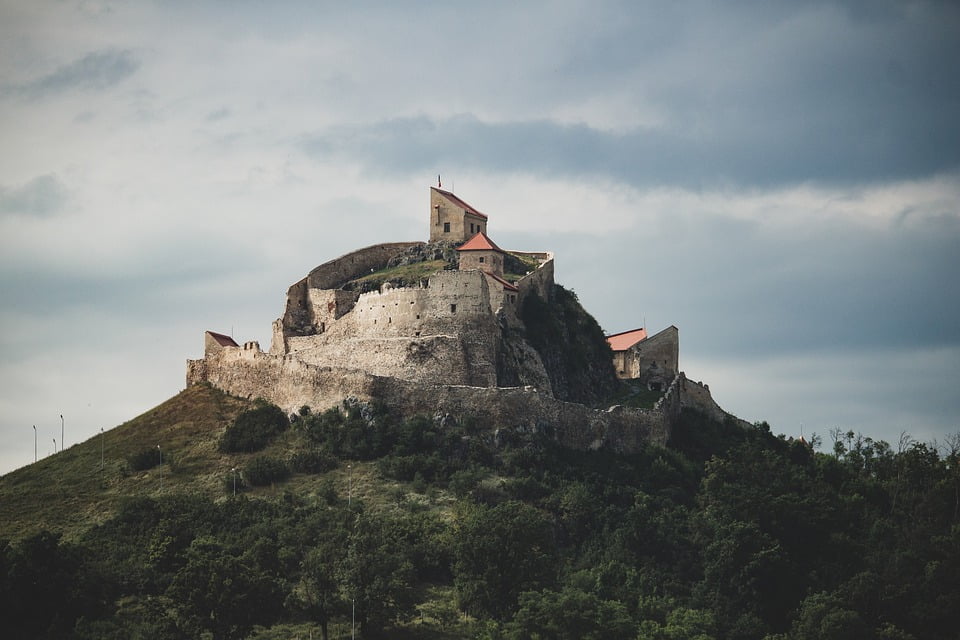
This strategically located fortress was the link on the trade routes between Transylvania, Moldova, and Wallachia. Throughout the centuries the citadel was raided by Turks until the end of the 17th century when the Habsburgs took control of the lands.
Finally, in 1790 the citadel was abandoned and left to ruin until 2010 when a major conservation project was started resulting in the restoration of 7 towers and many peasant houses. This restoration project restored Rupea Citadel to its former glory, making it the oldest Romanian citadel standing today.
- Location: Rupea, Brasov County, Romania
- Time built: 14th century
- Architectural Style: Military Fortification
- Touring: Allowed. Visit the official website for more information.
Planning to Explore Europe? Check Out These Best Castles Lists:
Conclusion
Visiting Romania with its magnificent castles and palaces brings alive haunting images of the infamous Transylvania, home of Dracula and the birthplace of vampires. Wandering around these magnificent castles while the mist rolls in from the surrounding hills transport you to a magical world, where you can’t help but look over your shoulder to see what is lurking behind.
Romania lets you imagine Counts and Countesses dressed beautifully dancing the night away in the castle ballroom. Visit the country where fairytales come alive!

